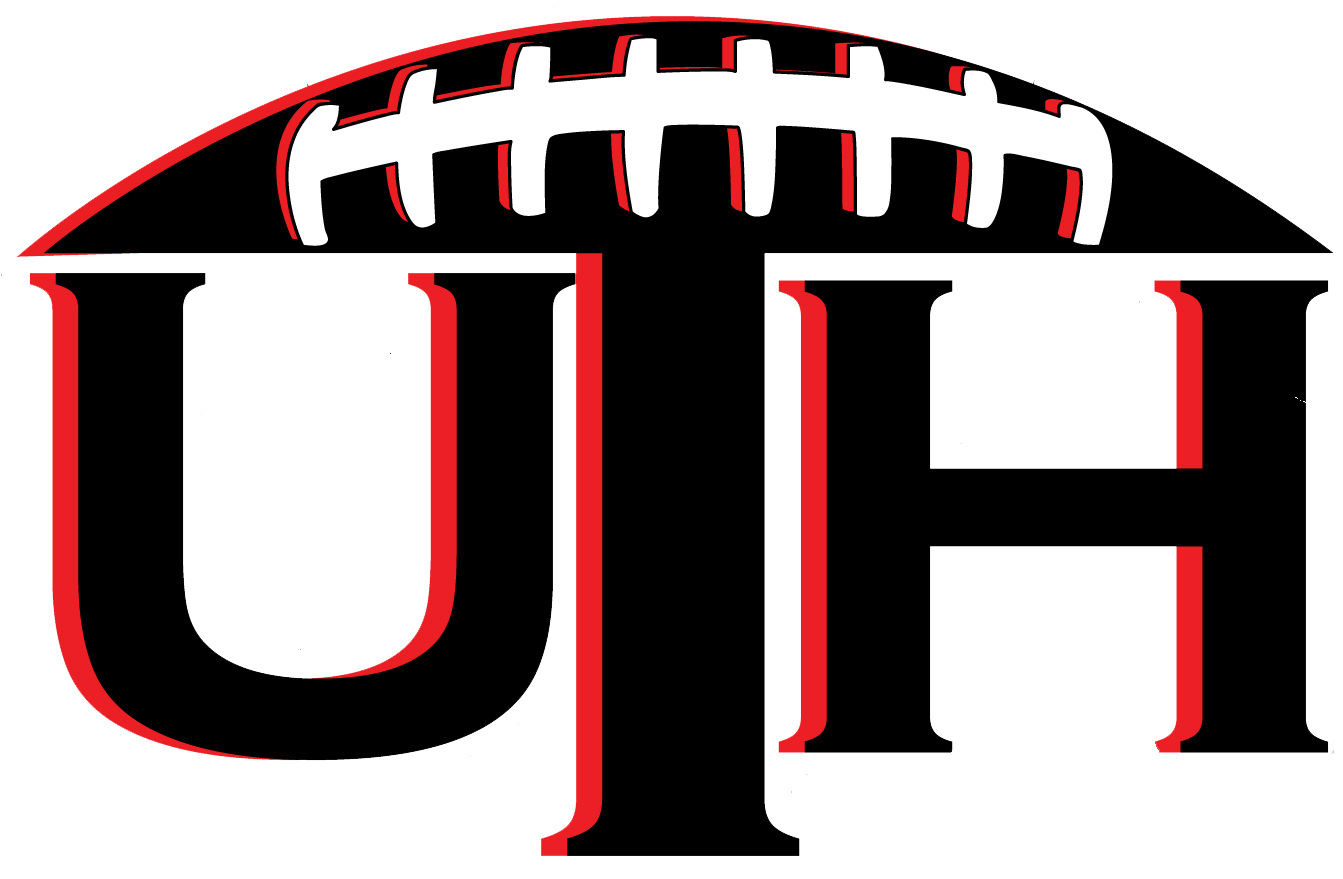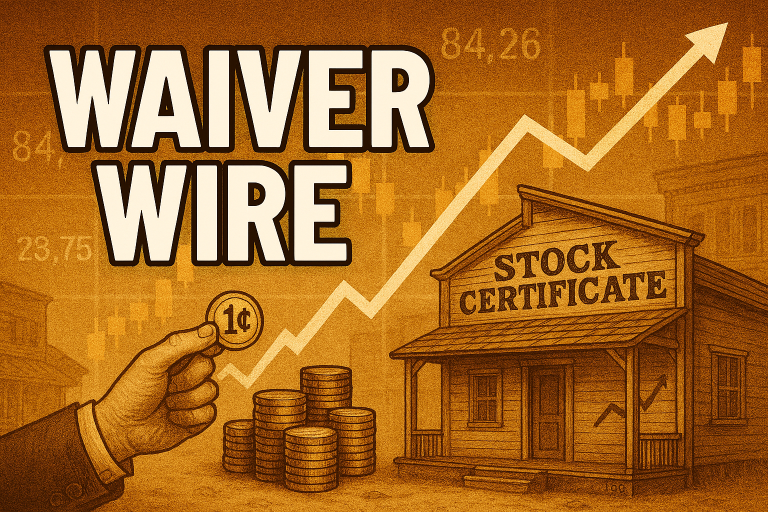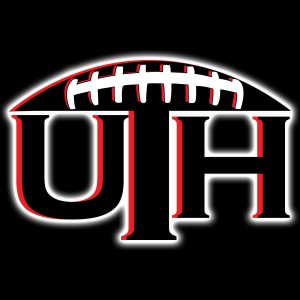This post is a guest contribution from Seth Gordon. Find Seth on twitter @CapnHuggyFace
When I get notification of a trade between owners in one of my leagues, I typically look to see who got the better end of the deal and then move on. I recently realized I may be overlooking key dynasty intelligence hidden beneath the surface of the trade. I will use a recent trade between two teams to illustrate what I mean:
Team A gave up:
- Hyde, Carlos SFO RB
- Kearse, Jermaine SEA WR
Team B gave up:
- Murray, Latavius OAK RB
- Smith, Torrey SFO WR
Seems like a pretty innocuous trade, right? Let us look at each team’s respective rosters to see if we can glean any insight into each owner’s impetus for the trade and how each may value the players involved. Put on your detective had and let’s get started.
Examine Team Rosters
(for sake of brevity, I will focus on one of the players acquired in the trade, but you should do this for all involved players)
Team B, who acquired Carlos Hyde in the trade, also has Reggie Bush. What can we glean about Team B from the addition of Hyde? Several possibilities:
Theory 1: Team B believes in the 49ers backfield. By adding Hyde to Bush, Team B now has the two RBs who should handle the majority of RB snaps for the Niners.
Theory 2: Team B believes in Carlos Hyde. Maybe there is no connection at all. Maybe it is just a coincidence that Team B already had Bush on his team.
Theory 3: Team B likes to roster a team’s RBs. Team B also has 2/3 the Browns backfield on his roster (Crowell and Johnson). Maybe there is a pattern here.
Determine Actionable Intelligence
Now that we have several possible reasons for Team B’s acquisition of Hyde, we need to determine how we can use this information to our advantage.
Theory 1: Team B believes in the 49ers backfield.
Action: If you have Mike Davis or Kendall Hunter, include them in a trade offer with Team B. It is unlikely Team B would want three members of the same backfield, but you never know.
Theory 2: Team B believes in Carlos Hyde.
Action: Again, if you have any other Niners RBs on your roster, dangle them in a trade and talk them up as handcuffs to Hyde and Bush.
Theory 3: Team B likes to roster a team’s RBs.
Action: See if Team B is interested in Terrance West. Also, Team B has Danny Woodhead. See if Team B is interested in Brandon Oliver or Melvin Gordon.
Conclusion
As you can see by my example, analyzing your leaguemates’ trades may give you clues into their thought process. In turn, you may be able to turn these clues into actionable conduct to benefit your team.



